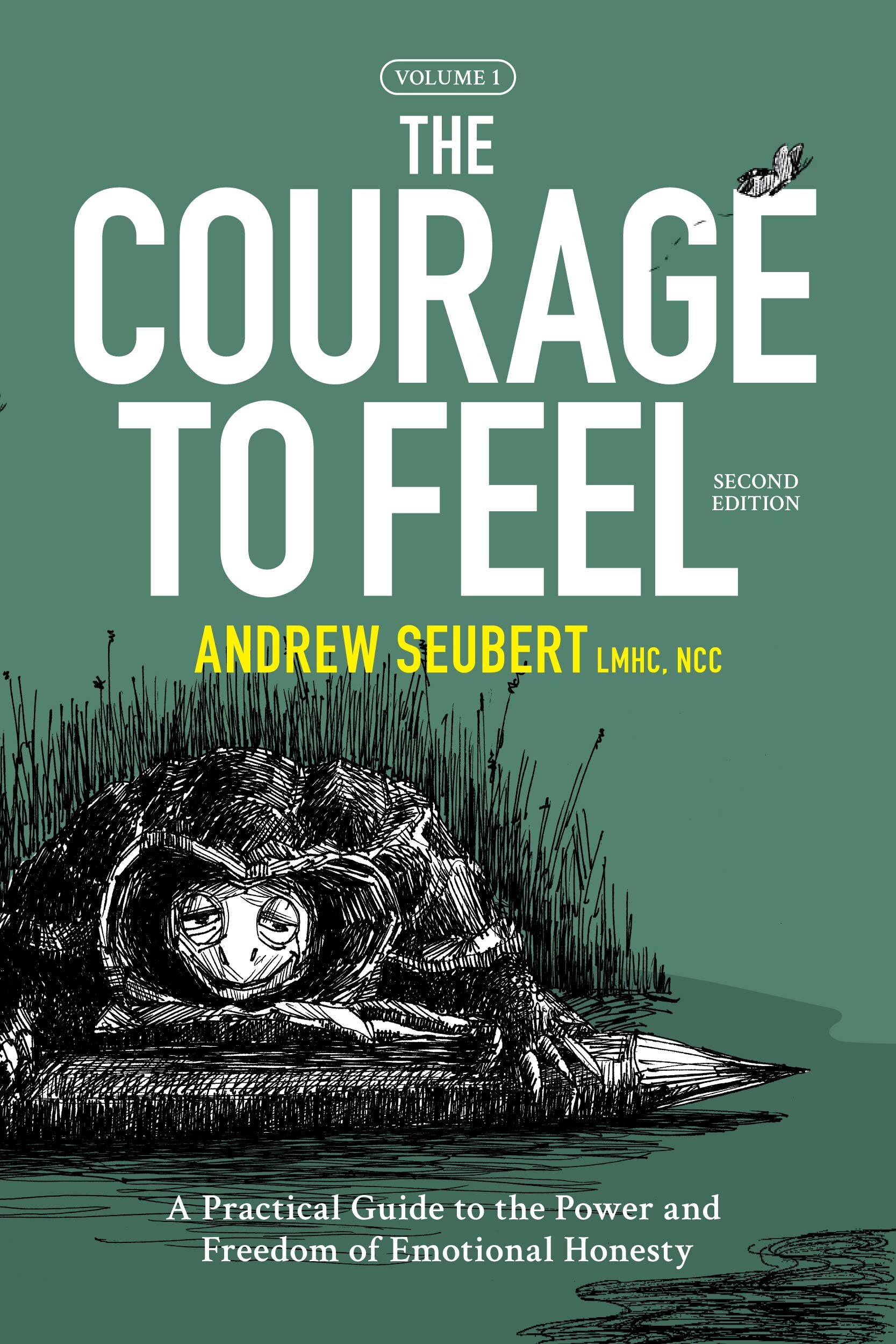Emotions and Relationships
©️2021 Andrew Seubert
In The Courage to Feel there are two chapters in particular that address the need for emotional transparency and honesty in marriages and other complicated relationships. Couples of all styles and shapes consistently revealed the need for an emotional A.R.T. They needed to:
(A) be aware of what they were truly feeling,
(B) take responsibility for what they were feeling (rather than “you make me feel....”), and
(C) tell the truth.
Often couples would enter our first meeting with something like, “We want to communicate better,” or “We always have the same arguments, “or “We want to save our marriage.” The primary problem in most cases is that both partners are more interested in changing the other person or at least making them wrong. My wife, Barbara, also a therapist, often asks the question, “Do you want to be right or connected?” Usually, you can’t have it both ways. The core shift in such conflicts as seen in therapy has to be the shift from changing and blaming the other to focusing on one’s own inner world of feelings and emotional truth. This, however, is often quite difficult given the lack of emotional education in childhood and throughout the school years.
Emotional Avoidance and Withholding
At the heart of so many relational problems are the patterns of emotional avoidance and withholding that began at home as a child. Now they unconsciously and mutually replay early patterns of emotional exchange (or lack thereof) and bring them into their marriage or partnership. Together they replicate the ways in which they handled or avoided emotional conflict in their families of origin, creating something of a blaming battle that is devoid of emotional awareness and Self-truth. In The Courage to Feel, the A.R.T. of vital relationship receives a full chapter that stresses becoming known to each other, rather than continuing the blame game.
At the heart of breaking the communication impasse is the ability to recognize one’s internal emotional truth and then having the courage to tell that truth without blaming the other. When we do this, whether the partnership weathers the relational storms or not, we can at least feel good about our Self. In The Courage to Feel, there is a chapter entitled “I like Who I Am with You.” When I learn to be emotionally clear and honest, it doesn’t matter if you agree or not, if you’re willing to work on yourself or not. What matters is that as long as I am in my emotional integrity, I like who I am, regardless of how you respond.
No one makes us feel anything
David Schnarch has described marriage and committed relationships as “people growing machines,” something that is not possible without emotional maturity and responsibility. We love to blame others for how we feel, but as the reader will discover in The Courage to Feel, no one makes us feel anything. In our marriages, however, we very often are interacting with the emotional skills of a child. And when you bring together two adults acting like children emotionally, you get divorce, a status that now includes more than 50% of the population of the United States.
Bringing emotional awareness and competence into relationships is crucial in reversing this divorce trend. This is central to the purpose of The Courage to Feel, not only for the sake of the partners, but also for the well-being and growth of the children who will hopefully be born to conscious and emotionally healthy parents.
Learn more about the A.R.T. of vital relationship in The Courage to Feel
A Practical Guide to the Power and Freedom of Emotional Honesty
Andrew Seubert, LMHC, NCC


